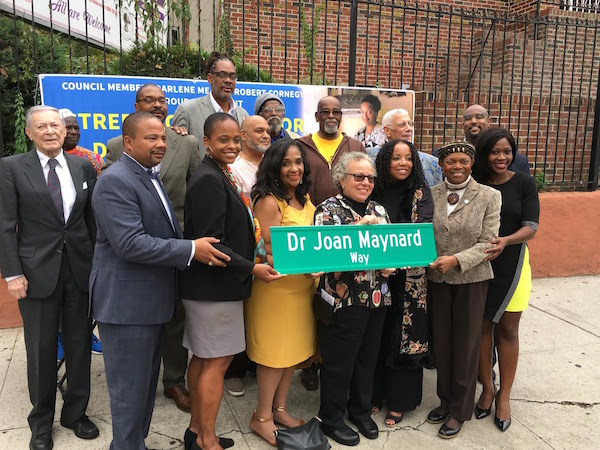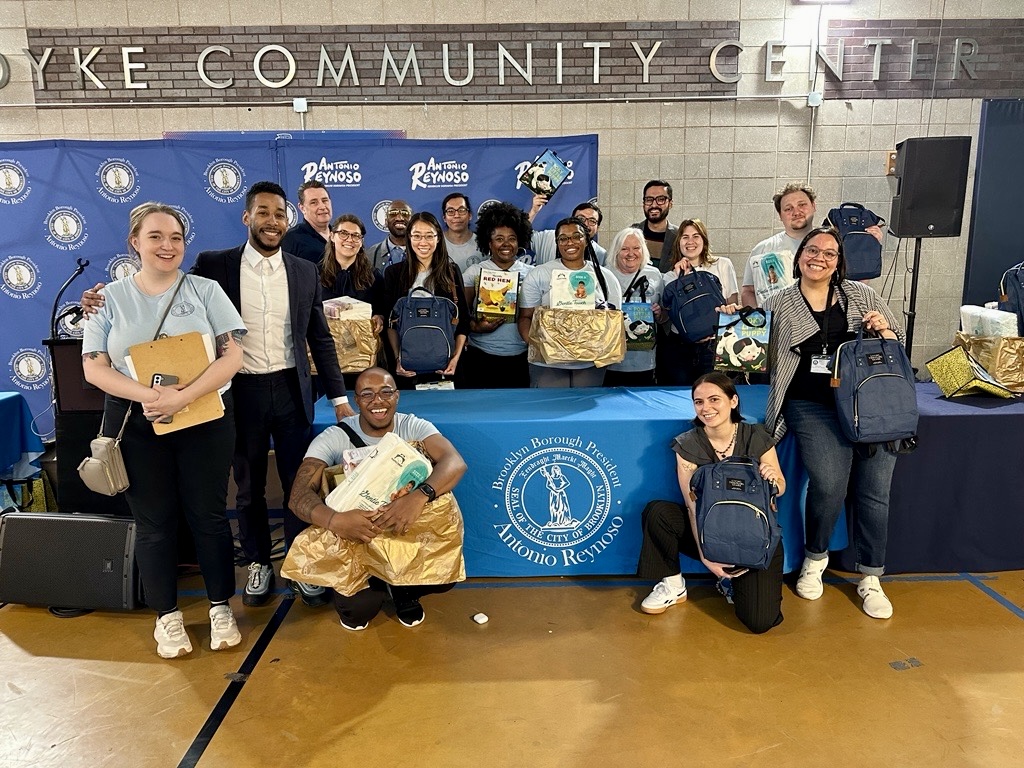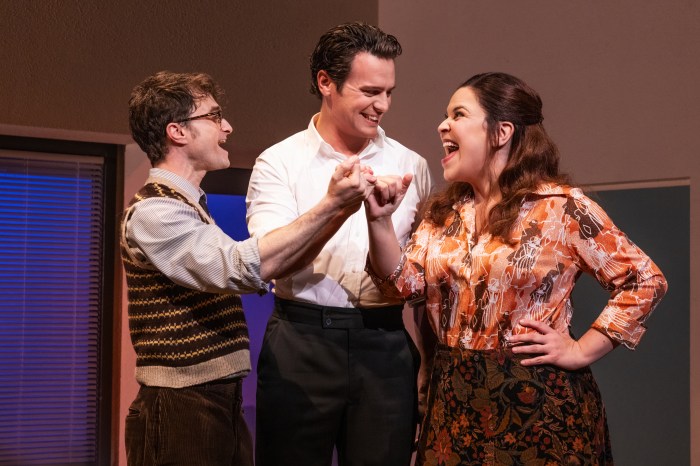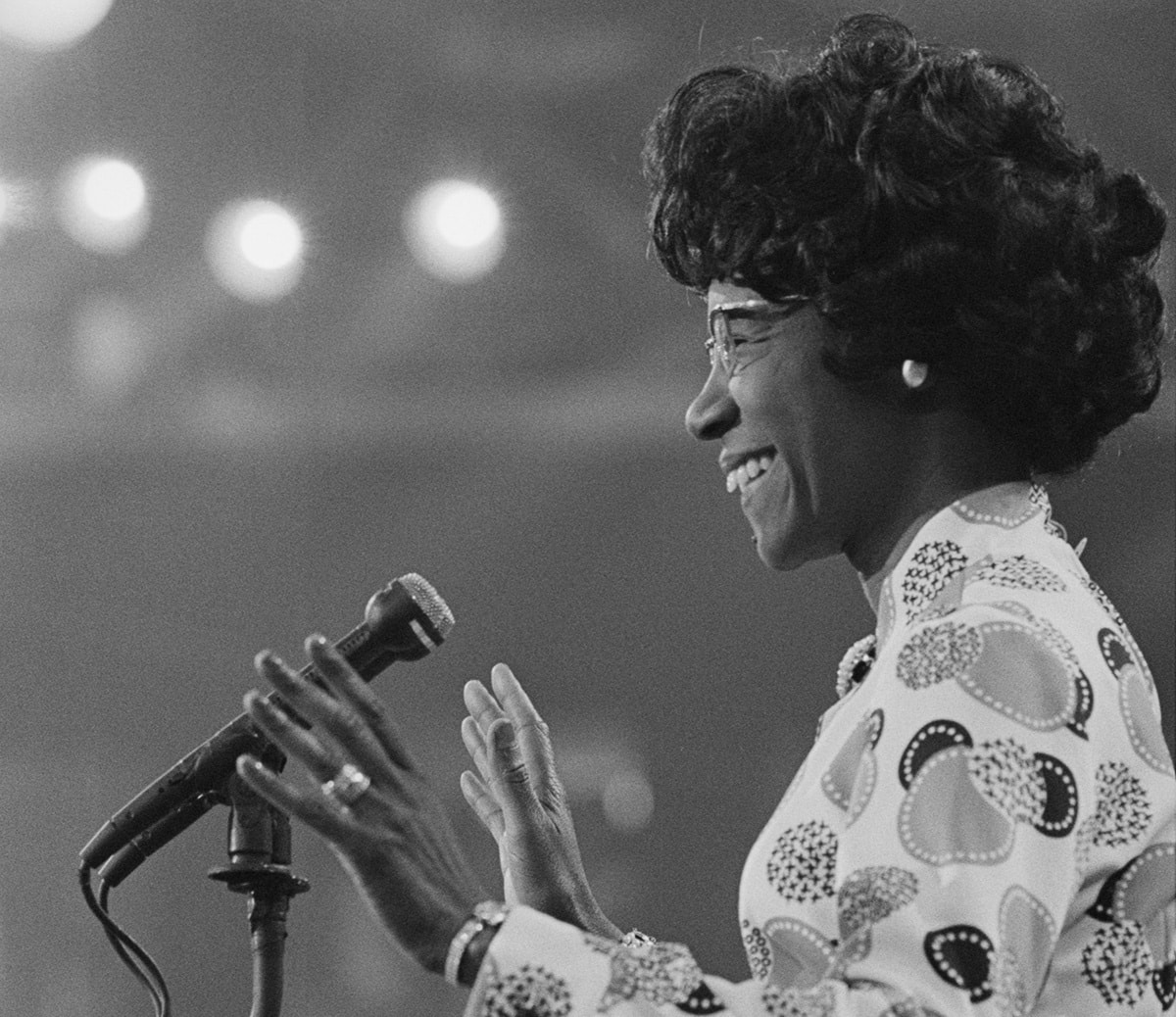The concept of tearing down statues never sat right with me.
For that matter, neither does the collective guilt I often feel forced to acknowledge these days as a white person relating to this country’s brutal past. This includes the near genocidal killing of native Americans, one of the most brutal forms of enslavement in history, and the legacy of Jim Crow laws that blacks in this country have endured, and continue to endure now and again.
Still the question remains how do we collectively as a country and a people acknowledge both our good and bad, and move on?

The answer, in part, came to me from City Councilmember Robert Cornegy Jr. (D-Bedford-Stuyvesant, Northern Crown Heights) this weekend while attending the street co-naming ceremony of Dr. Joan Maynard Way in Crown Heights at the Buffalo and St. Marks avenues entrance to the Weeksville Heritage Center.
Weeksville is one of those New York City hidden museum treasures well-worth discovering. It consists of three wooden houses dating back to 1838 when James Weeks, an African-American freedman established it as one of the first free black communities – aptly called Weeksville.
The late Dr. Maynard was the main catalyst for preserving these houses, and the rich legacy of African-American culture that runs both parallel and weaves into Brooklyn and American history. For this reason it is totally fitting and proper that the late Dr. Maynard get a street co-naming in her honor.
Amongst the many speakers and proclamations, Cornegy mentioned how he didn’t believe in tearing down statues. He believed in erecting more of them.
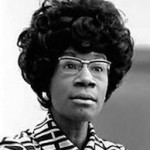
He also announced he is allocating $1 million of his capital discretionary budget to allocate four statues of prominent African-Americans in the next four years. That this would start next year with erecting a statue of the late Brooklyn Congresswoman [and first mainstream black Presidential candidate] Shirley Chisholm in Crown Heights’ Brower Park on Brooklyn Avenue and Prospect Place.
After the ceremony, I pulled Cornegy aside and asked him to elaborate on this initiative.
“I think we have an idea in Beford-Stuyvesant where we sometimes think a little bit different,” said Cornegy. “It’s more important to show contributions than tearing down statues. My children [Cornegy has six] fortunately benefit from the entire wealth of this country’s history. The good, bad and indifferent, and so I don’t want to erase parts of history that I think are significant because we don’t like them. So what we want to do is show our commitment by erecting statues.”
Cornegy said he doesn’t agree with the mayor’s panel to study, and possibly take down the ones that don’t pass the muster of today’s political correctness.
“I think that’s murky water. At the very worst you can show a degree of disrespect at various cultures. Listen, I’m the guy that had a basketball court named after Christopher Wallace. In my statements to have that done in the community I had to demonstrate the redemptive powers of human nature, so it’s very difficult for me to now be a hypocrite. A lot of people don’t like Christopher Wallace, a.k.a Biggie Smalls. People demonstrated [the playground renaming] largely based on the idea he had mysogenoustic lyrics, and based on him for having a history or propensity of violence in his music, but conversely he made major contributions to the genre of hip hop that is now a billion dollar industry. There was also the advancement in technology that came out of his music and the mastery of his music, and so now you know there’s an argument that can be made.”
Cornegy said it is for this reason he doesn’t like the idea of taking down any statues of Christopher Columbus.
“We need to demonstrate a temperament for people’s cultures. I don’t know if Italian-Americans were pissed off, but at the very least there are several Italian-American members we have in the council who were not happy that we would uniformly make a decision to slight someone who they believe to be a cultural icon,” said Cornegy.
“We can get wrapped around this rhetoric and huge passion and fervor for taking down statues or we can settle down a minute and see this as an opportunity for us to erect monuments to our contributions as a community to American culture, and that is what we choose to do. That’s the kind of the tenets we have in Bed-Stuy – not to take a seat, but to stand up and this is a way we can stand up. Everybody we talked to in my community is ecstatic about the idea. That’s our commitment over the next four years, and to demonstrate that thru erecting monuments and statues.”
For more information on the Weeksville Heritage Center click here.


